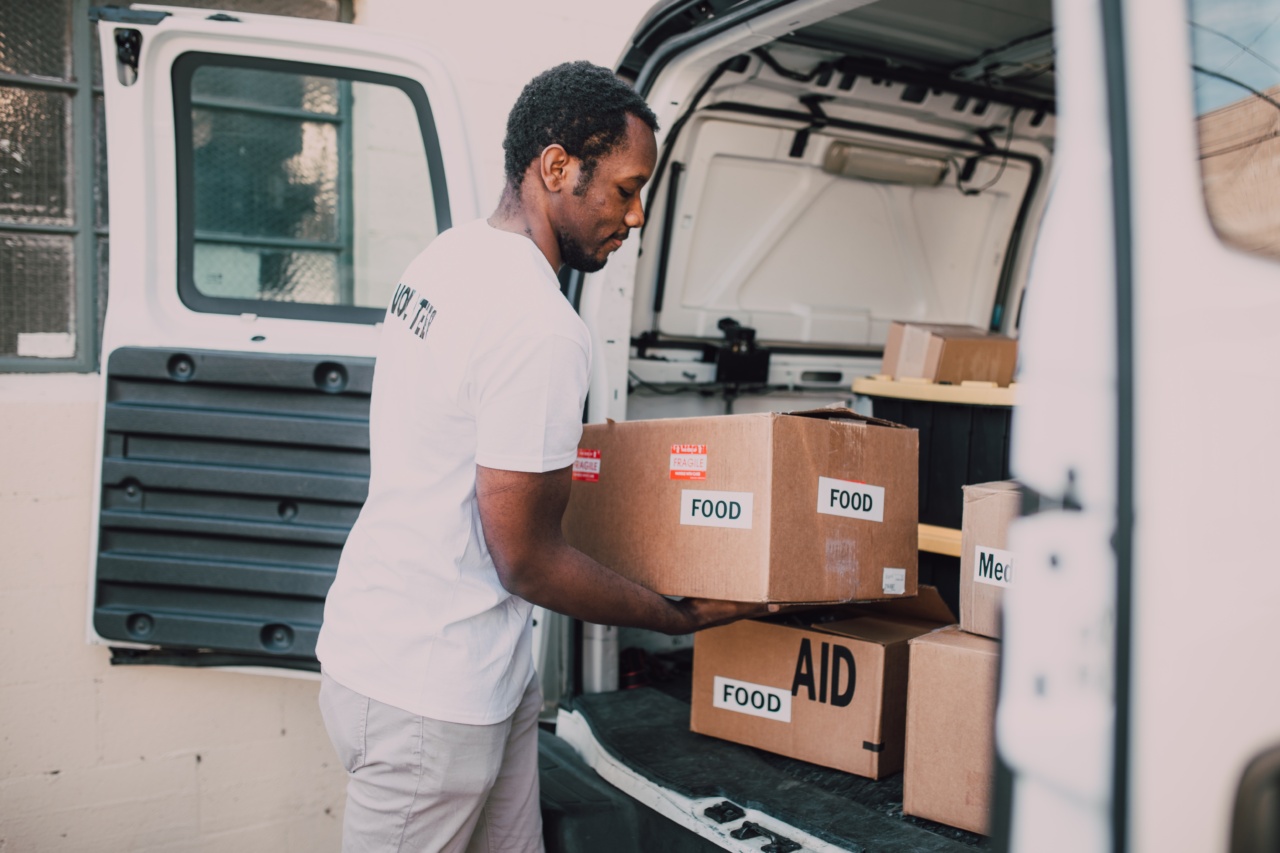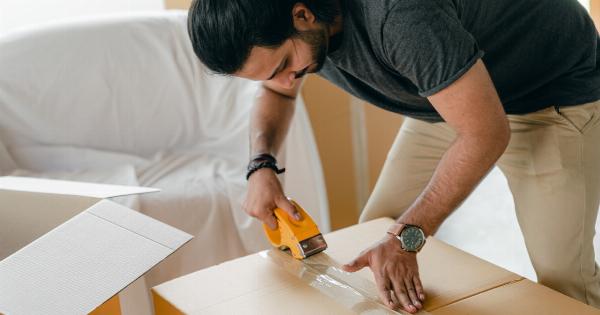Discovering that your child has taken something that doesn’t belong to them can be a worrying and confusing experience for any parent.
It’s important to remember that children are still developing their understanding of boundaries, ownership, and empathy. Instead of immediately resorting to punishment, it’s crucial to approach the situation with empathy, communication, and teaching opportunities.
In this article, we will explore some possible reasons why a child might take something that doesn’t belong to them and discuss effective ways to address and prevent this behavior.
Reasons behind the behavior
1. Curiosity and exploration:.
Children are naturally curious and are constantly exploring their environment. Taking something that catches their attention can be a result of their curiosity, as they try to understand how objects work or look for new experiences.
This behavior is especially common in younger children who have not yet developed a strong understanding of personal property.
2. Lack of understanding:.
Children are still learning the concept of ownership and the understanding that some things belong exclusively to others. They may not comprehend the consequences or the emotional impact their actions can have on others.
Teaching the concept of ownership and personal boundaries is crucial in helping them develop empathy and respect for others’ belongings.
3. Desire for attention:.
In some cases, a child may resort to taking something that doesn’t belong to them as a means to gain attention from adults or peers.
If they feel neglected or unnoticed, acting out in this manner could serve as a direct way to capture attention, even if it’s negative.
4. Peer pressure:.
As children grow older and spend more time in social settings, they may succumb to peer pressure.
Wanting to fit in or impress their friends, they may engage in behavior that goes against their values, resulting in taking something that doesn’t belong to them. Encouraging open communication about peer pressure can help them develop the confidence to make their own decisions.
How to address the situation
1. Stay calm:.
Discovering that your child has taken something that doesn’t belong to them can be frustrating, but reacting in anger or with punishment is unlikely to be helpful. Instead, take a deep breath and try to stay calm.
Your child needs your understanding and guidance more than ever.
2. Open communication:.
Engage your child in an open and honest conversation about their actions. Ask them why they took the item and listen attentively to their response. Avoid accusations or judgmental language, as this may cause them to become defensive or withdrawn.
Encourage them to express their feelings and thoughts during the discussion.
3. Teach empathy and respect:.
Help your child understand the impact of their actions on others. Discuss the feelings of the person whose belongings were taken and outline the importance of respecting others’ property.
Encourage your child to imagine themselves in the other person’s shoes and consider how they would feel if someone took something from them.
4. Establish consequences:.
While it’s essential to approach the situation with empathy, it’s also important to establish appropriate consequences for their actions. Ensure that the consequences are fair and related to the behavior.
For example, if they took a toy from a friend, they could be encouraged to return the toy and apologize. This helps them understand the importance of making amends and taking responsibility for their actions.
5. Encourage problem-solving skills:.
Work with your child to find alternative ways to satisfy their needs or desires without resorting to taking things that don’t belong to them.
Teach and role-play problem-solving strategies to help them understand that their desires can be met through appropriate means.
Preventing the behavior from reoccurring
1. Set a good example:.
Children often learn by observing their parents and mimicking their behavior. Make sure to demonstrate respectful and honest behavior in your own actions.
This includes asking for permission, returning borrowed items promptly, and respecting personal boundaries.
2. Teach the value of sharing:.
Instead of just enforcing the rule of not taking things, focus on teaching your child the value of sharing and cooperation. Encourage them to take turns with toys and talk about how sharing creates more positive interactions with others.
3. Create a safe and open environment:.
Establish an atmosphere of trust and openness, where your child feels comfortable discussing their feelings and concerns with you.
This will encourage them to come to you if they’re experiencing peer pressure or any difficult situations that could potentially lead to inappropriate behavior.
4. Address underlying emotions:.
Children may resort to taking things as a result of unexpressed emotions such as anger, frustration, or sadness.
Help your child understand and express their emotions in healthy ways by providing them with appropriate coping mechanisms, such as art, journaling, or physical activities.
5. Encourage responsibility and accountability:.
Give your child age-appropriate responsibilities and allow them to take ownership of their actions. This will help them develop a sense of accountability and respect for others.
Praise their effort and commitment when they demonstrate responsible behavior.
Conclusion
Discovering that your child has taken something that doesn’t belong to them can be an opportunity for growth and understanding.
By approaching the situation with empathy, open communication, and teaching opportunities, you can help your child develop a strong sense of empathy, respect for personal boundaries, and an understanding of the consequences of their actions. Remember, parenting is a continuous learning process, and guiding your child towards making better choices is an essential part of their emotional and ethical development.





























